PNY CS900 is one of the popular SSDs offered by PNY. PNY is a pretty popular company in the field of electronics but not that much in the storage domain. However, the CS900 is a great product if you are looking to buy a SATA-3 SSD. This one also has backward compatibility with SATA-2 motherboards.
We all know that there are various other amazing SSDs in the market in its competition but this one has some great things to offer. We are going to know about everything in this article below.
The PNY CS900 2.5″ SATA SSD is available in multiple storage variants. If you check the official page, you will see all the versions which are 120GB, 240GB, 250GB, 480GB, 500GB, 960GB, 1TB, 2TB, 4TB, and 8TB.
But, the PNY CS900 M.2 SATA has only three capacity versions which are 250GB, 500GB, and 1TB.
The M.2 versions are around 10% more costly than the SATA 2.5″ versions.
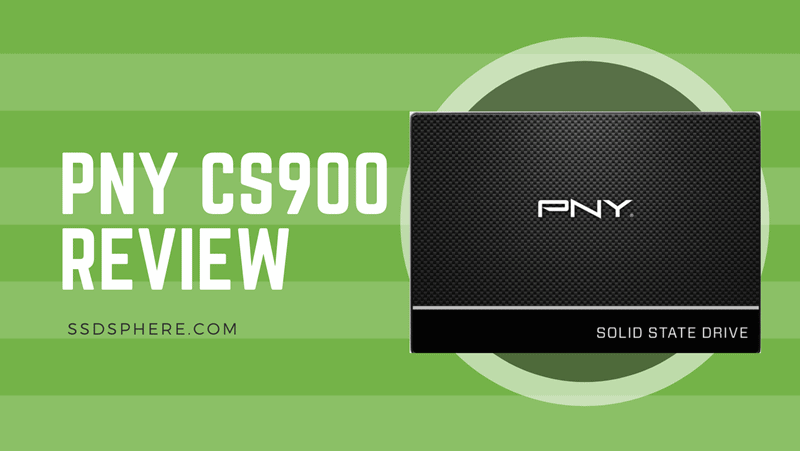
Note: The PNY CS900 M.2 SATA variant has slightly low read/write speeds as compared to its SATA 2.5″ version.
Theoretical Read/Write Speed
| Specification | Details |
|---|---|
| Capacity Options | 120GB, 240GB, 480GB, 960GB, 1TB, 2TB,4TB, 8TB |
| NAND Type | 3D NAND |
| Read Speed | Up to 560 MB/s |
| Write Speed | Up to 540 MB/s |
| Warranty | 3 years |
| Form Factor | 2.5-inch SATA III |
| Additional Features | Shock-proof vibration-proof Low power consumption |
The company claims that it is making the most out of the SATA protocol by offering up to 560MB/s sequential read and up to 540MB/s sequential write speed.
However, the speed is compromised with its M.2 SATA version. The M.2 SATA version of CS900 can reach only up to the sequential read speed of 535MB/s and write speed of 5.5MB/s.
As per these numbers, we can say that this SSD is competing great with most of the popular SSDs in the market. This read/write speed is much faster than the Crucial MX500 and SAMSUNG 850 EVO as well.
Note: These are the speeds told by the company. We will come to the actual benchmark scores later on.
NAND Flash Type and Cache Memory
The CS900 is equipped with the TLC 3D NAND which is known to be less durable than the MLC. This NAND is manufactured by Micron. There are a total of 64 layers of TLC NAND used in this SSD.
The company has offered a 3-Year Warranty which is enough if we look at the price.
| Manufacturer | Micron |
| Type | TLC |
| Technology | 64-layer |
| Speed | 50 MT/s – 667 MT/s |
| SLC Write Cache | Yes |
If we talk about the cache, this is the thing that puts question marks on this product. The company hasn’t revealed whether the SSD comes with a DRAM-Cache or not. But, it is basically a DRAM-Less SSD. The configurations are Single-core, 2-ch, 8-CE/ch.
But, it is now clear that the CS900 one is a DRAM-Less SSD. But, it does use its 32GB of SRAM which is combined just with its Phison S11 controller chip. However, the speed and random 4K speed is great as compared to the other DRAM-Less SSDs.
Benchmark Scores
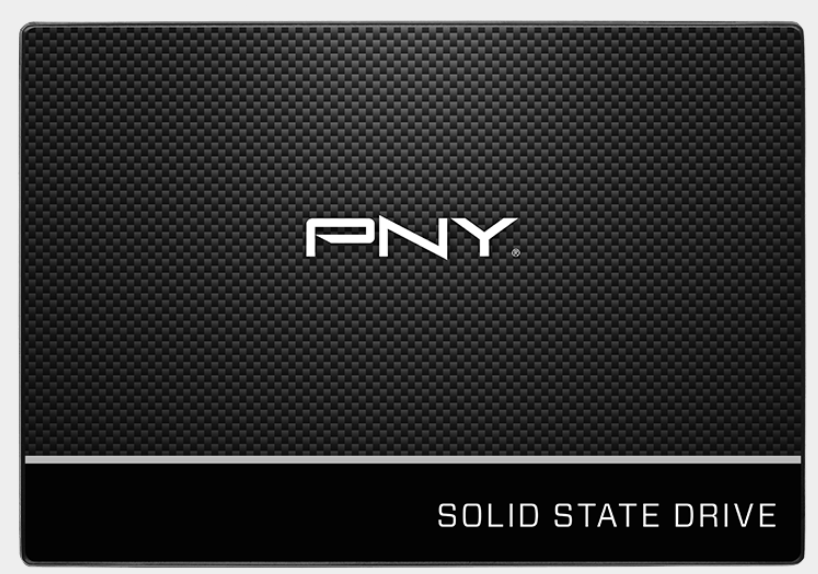
Being a DRAM-Less SSD, you can expect it to work a little bit poorly when it comes to huge data reading or writing when the storage capacity is full. And, that is what we have seen in our testing. The PNY CS900 does great when the storage is empty and the files we are transferring are of low size.
But, when it comes to the huge files, the read/write operations start to become slow. However, if you are a normal user who wants to improve the OS booting times and software opening times, this SSD is more than enough for you. Let’s see how well it performs when it comes to real-time usage.
Note: I have mentioned the same benchmark scores in another article where I have discussed the difference between the CS900 and PNY CS1311.
| Model(Capacity) | Sequential Read (Average) | Sequential Write (Average) | Random 4K Read (Average) | Random 4K Write (Average) |
|---|---|---|---|---|
| CS900 120GB | 380.3MB/s | 250.5MB/s | 28.4MB/s | 65.2MB/s |
| CS900 240GB | 400.4MB/s | 290.6MB/s | 25.6MB/s | 60.3MB/s |
| CS900 480GB | 350.8MB/s | 260.9MB/s | 30.1MB/s | 74.5MB/s |
| CS900 960GB | 371.1MB/s | 280.1MB/s | 29.2MB/s | 70.9MB/s |
| CS900 2TB | 380.5MB/s | 290.0MB/s | 30.4MB/s | 71.7MB/s |
The performance is way lower than what we can see with the top SATA SSDs in the market. But, there are numerous reasons to go for the CS900 which we are going to reveal further.
The random read/write speeds are acceptable since it is a SATA SSD available at a very cheap price tag.
Price of PNY CS900 (The key differentiator)
The price is the thing that is attracting people to this SSD. Let’s see the price of PNY CS900 and see how well they are priced by the company.
Note: The prices of this SSD keep changing and different platforms will offer you the product at different price tags. Your location will also have an impact on the price.
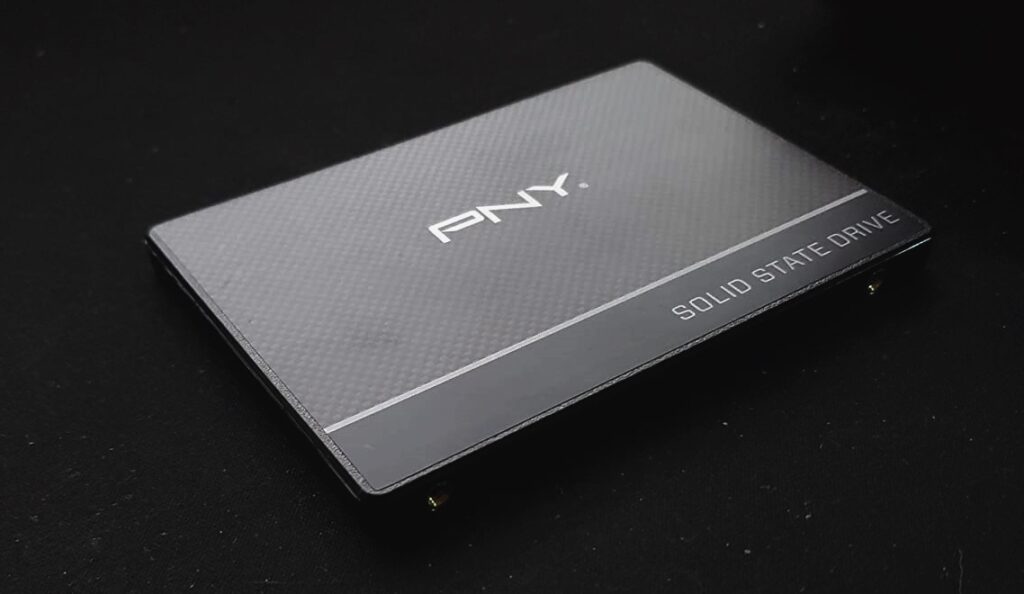
The price of the PNY CS900 1TB is around 20$ less than the Samsung 870 EVO 1TB. I think this drive justifies its price. 870 EVO is clearly sitting near the top if we look at all the SATA drives available out there. But, these are kinds of drives made for those who can’t afford those expensive drives.
However, if you can afford around 10$ more, I would recommend going to the MX500. It has got a 5-year warranty and much better performance with a DRAM.
Final Verdict: Should you buy PNY CS900 or not?
Clearly, looking at the price point, the PNY CS900 has almost no competitors. So, if you are tight on budget, the CS900 is a great pick for you. However, if you can put some more bucks into your budget, you can afford some much better drives than this.
If you look at its prices, a normal user would definitely be able to get the most out of it without any worries. However, for gamers, video editors, and other hardcore computer users, this may not be the right fit.
In my opinion, it is a perfect pick for raw data storage because it has got whopping 4TB and 8TB storage variants. For example, if you are a videographer or video editor, it could be a great option for you for raw data storage. For low-end systems or laptops, it is fine to use it as the primary OS drive.
Best Alternatives to the CS900 SSD (Similar Prices)
If you still think that CS900 is not the perfect SSD for you, here are some other suggestions for you. The prices are almost similar but these are DRAM SSDs and pretty popular in the market. Let’s see them.
1. Crucial MX500
Crucial MX500 is a very popular SATA 2.5″ SSD offered by Crucial in its performance SATA range. It comes with a DRAM cache and a power controller. It offers the read/write speeds up to 550 and 510 MB/s. In fact, it can be used for gaming, heavy data reading/writing, and other hardcore computation tasks.
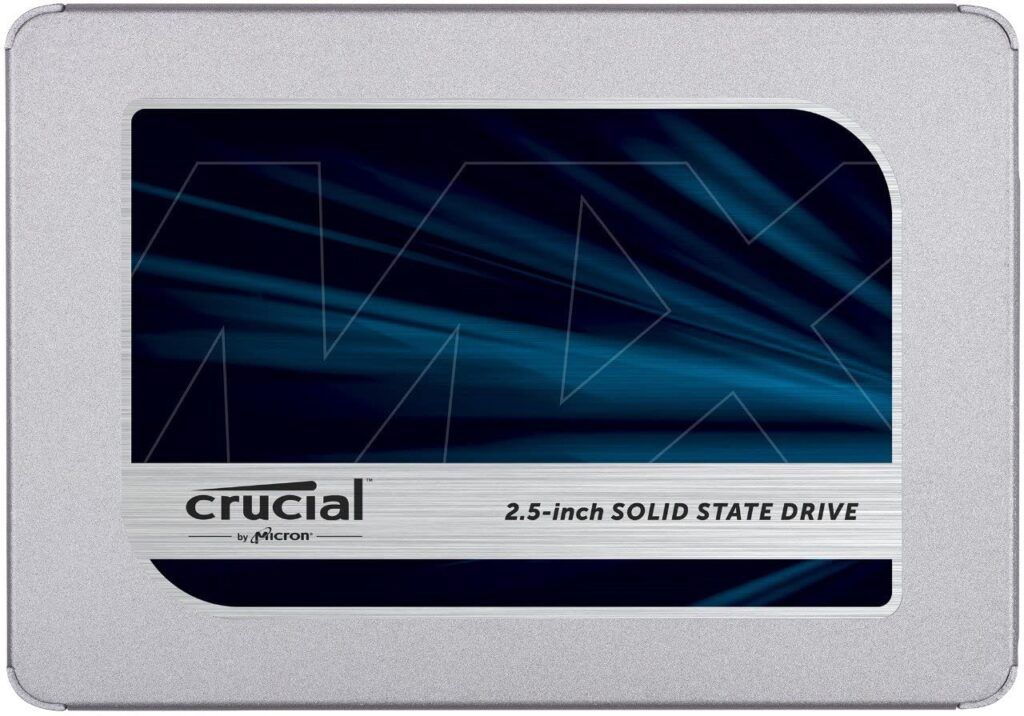
2. WD Blue
WD Blue SSD also has a DRAM cache along with a powerful Marvell 88SS1074, dual-core controller. Using Sandisk’s TLC 3D NAND, offers a massive read/write performance. Most of the variants of WD Blue are way cheaper than the CS900 and it can offer you better performance in all terms.
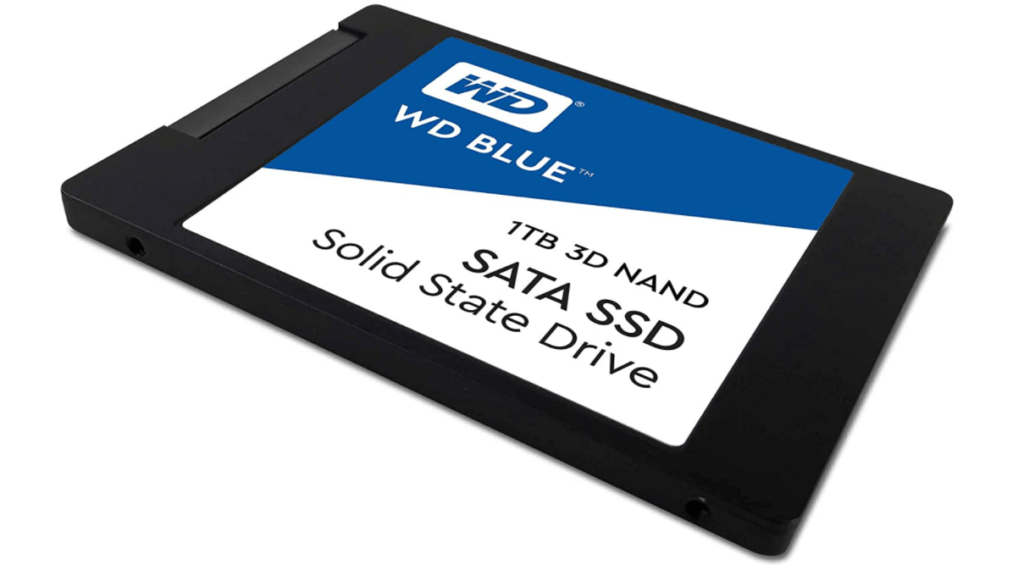
Thanks for reading!
Bought 2 CS900 for upgrades. Excellent units for price. Great review, thank you!
“Excellent” today.
Deal tomorrow.
And when it dies, unless you want to ship all your data to PNY, you are screwed.
CS900 is now based on QLC NANDs, not TLC. Usually they are Intel’s 144-layered QLCs. Performance is poor, longevity – questionable. MX500 is light years ahead even though Crucial has cut its DRAM substantially (now there is only a mere 512MB DRAM in 1-4TB models). New revision of WD Blue – SA510 is a pale shadow of former mid-class SATA SSD (controller was degraded and DRAM is no more) but still with TLC NANDs presents better alternative than CS900.
PNY not only sucks for hardware quality, they don’t stand behind their product.
I would stay away from PNY.
I bought one of their 2TB SSDs and it failed in 6 months.
Worse, when I tried to get warranty replacement, they insisted I send in the drive CONTAINING MY DATA!
A drive that doesn’t work can still be recovered – so sending an unwiped drive to PNY would be like handing a criminal the keys to your home.
I offered to DRILL the drive (after sending photos of the unaltered SSD) but they would not go for that. So basically, it’s turn over my data or lose out on the warranty.
At this point I cannot recommend ANY PNY product. With an attitude so cavalier about end user security, they should not even be in business.
If you want to throw your money away, there are better ways to do it.
I’ve had decent luck with `Crucial drives, and will probably tend to favor them going forward.